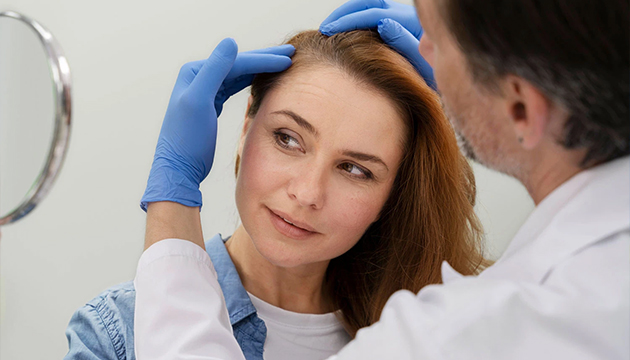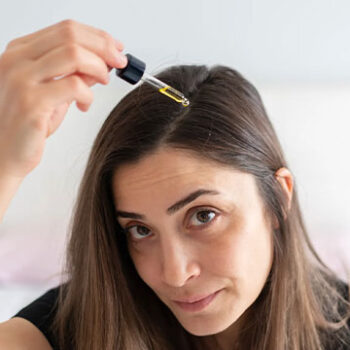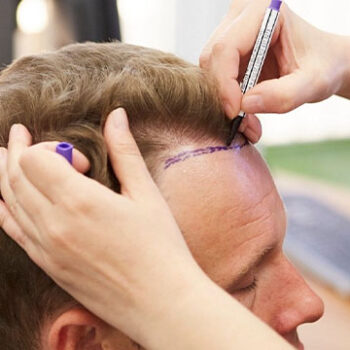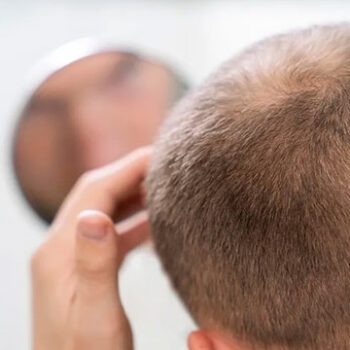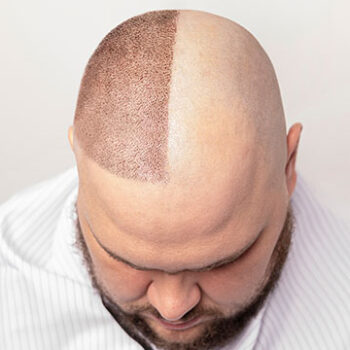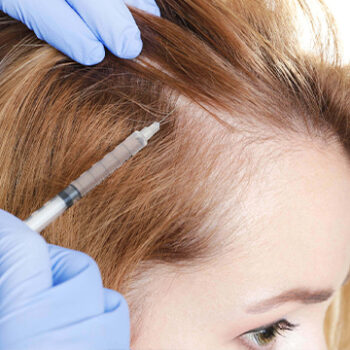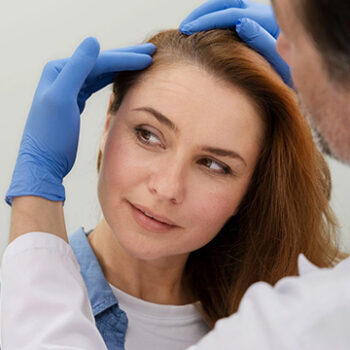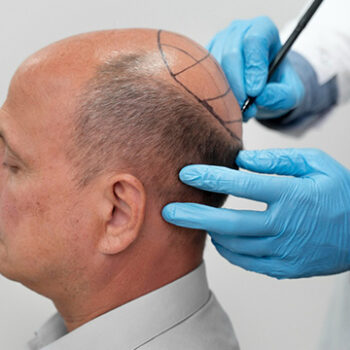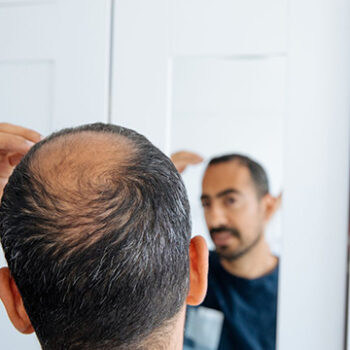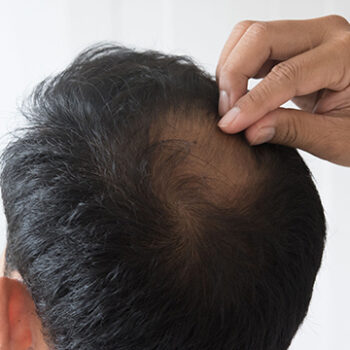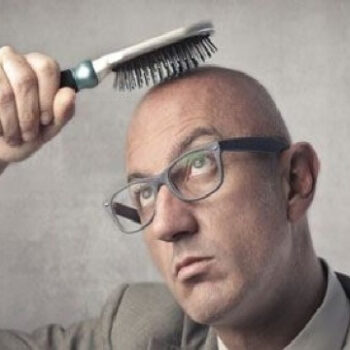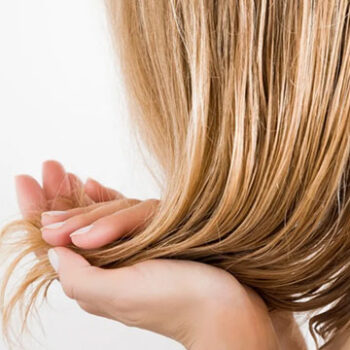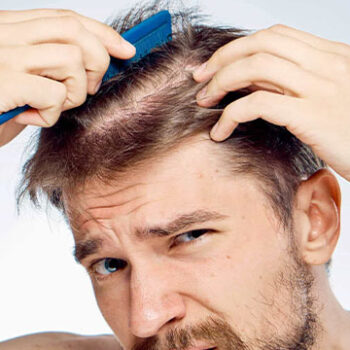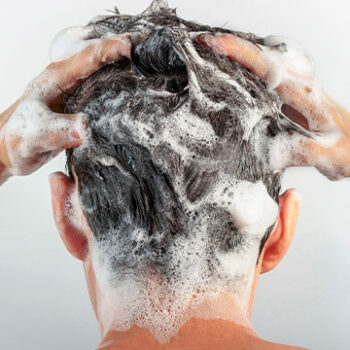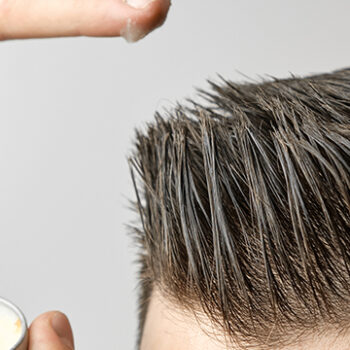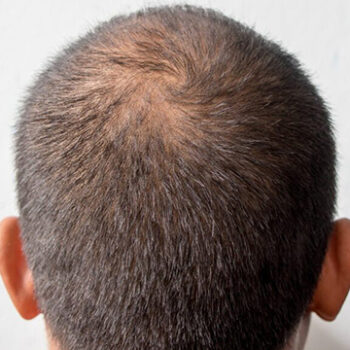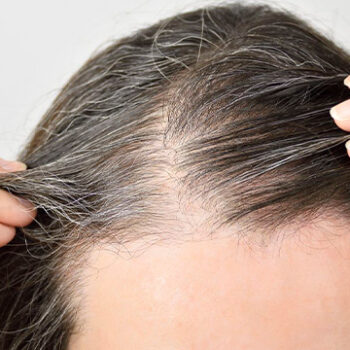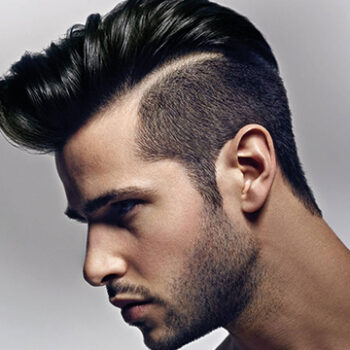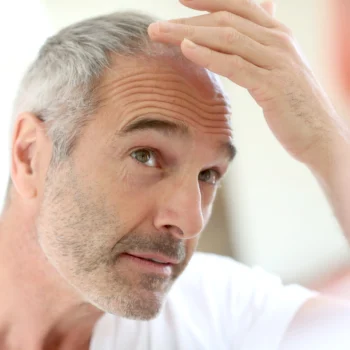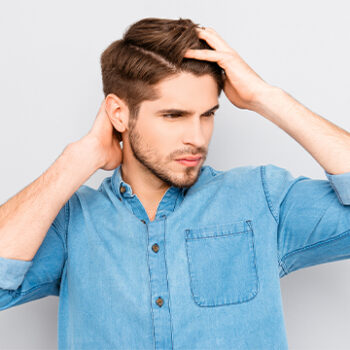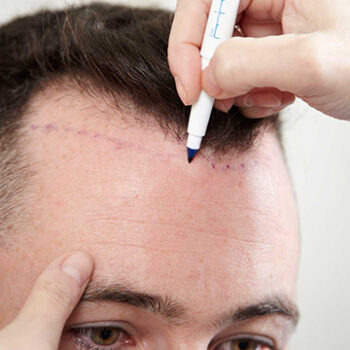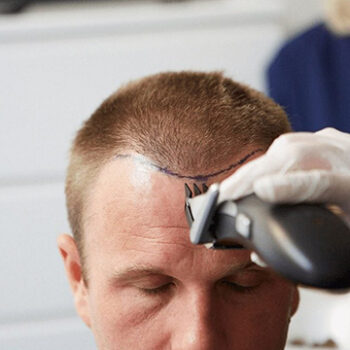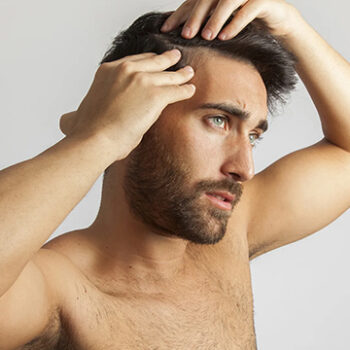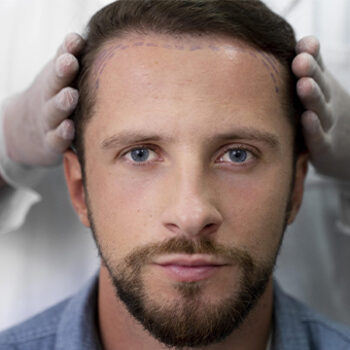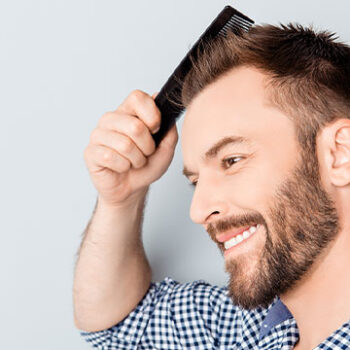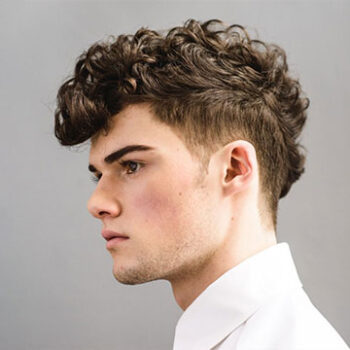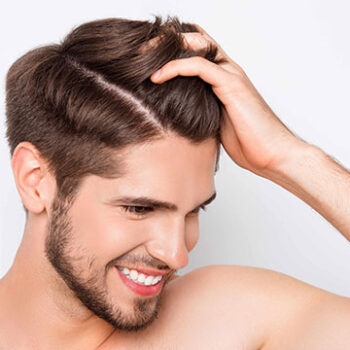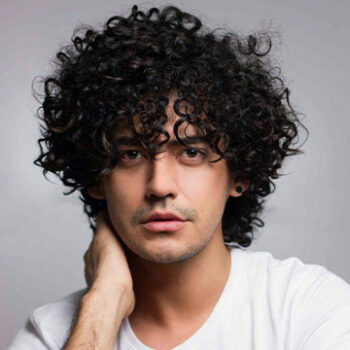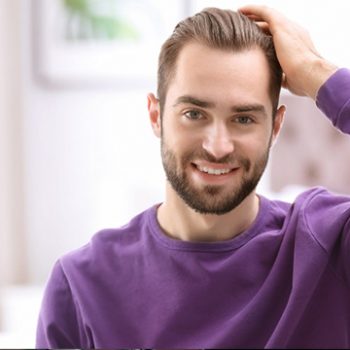Since hair transplant procedures in women require a more delicate process compared to men, post-procedure care routines should be planned with special attention. Women’s hair structure, hormonal balance, and aesthetic expectations necessitate the development of special care strategies. In this guide, we will discuss the detailed care procedures that women should follow after hair transplant.
First 48 Hours: Critical Period
The first 48 hours after hair transplant are of critical importance for the settlement of transplanted follicles. During this period, women should avoid touching the hair area and should use 2-3 pillows to keep the head elevated while sleeping. The sleep position on the first night is extremely important to prevent damage to the transplanted hair.
Hair washing should absolutely not be done during the first 48 hours. Besides contact with water, heavy physical activities that may cause sweating should also be avoided. Since women generally tend to touch their hair more frequently in daily life, they should consciously avoid this habit.
First Week: Gentle Care Period
Starting from the third day, very gentle hair washing can be initiated with special shampoo recommended by the doctor. These special shampoos designed for women are more suitable in terms of pH balance and formulation, taking into account the sensitivity of the scalp.
During the washing process, direct water pressure should not be applied to the hair area. Instead, gentle rinsing should be done with lukewarm water taken in the palm. Shampoo foam should only be applied with very light movements using fingertips, and rubbing should absolutely not be done.
Special Shampoo Selection for Women
Since women’s hair structure is generally finer and more sensitive than men’s, the selection of shampoo to be used after hair transplant is of critical importance. Sulfate-free, paraben-free shampoos enriched with natural ingredients should be preferred.
Shampoos containing keratin, panthenol, and vitamin B5 accelerate the healing process after hair transplant in women. Additionally, products containing antioxidant green tea extract or aloe vera minimize irritation by maintaining the moisture balance of the scalp.
Hair Drying and Styling
Hair dryer use should be avoided for the first 2 weeks after hair transplant. Since women are usually accustomed to blow-drying in their daily hair care routines, this change can be challenging. However, hot air can damage transplanted follicles.
Hair should be dried naturally and no styling products should be used for the first month. Products like hair spray, gel, and foam can cause irritation on the scalp and negatively affect the healing process.
Hormonal Factors and Care
Hormonal fluctuations in women can affect the healing process after hair transplant. Hormonal changes, especially during periods like menstrual cycle, pregnancy, and menopause, can affect the success rate of transplanted hair attachment.
Therefore, women should support their nutrition programs after hair transplant with hormone-balancing foods. Nutrition rich in omega-3 fatty acids, zinc, iron, and B vitamins supports hormonal balance and enhances hair health.
Makeup and Cosmetic Product Use
Makeup products should not be applied to the hairline area for the first 2 weeks after hair transplant. Since women usually emphasize the eyebrow and forehead areas in their daily makeup routines, they should temporarily avoid this habit.
Products like foundation, concealer, and powder can increase infection risk by clogging pores on the scalp. Therefore, minimal makeup application should be preferred until the initial healing period passes.
Nutrition and Vitamin Support
The nutrition program after hair transplant in women should be planned in more detail compared to men. Since iron deficiency is one of the common causes of hair loss in women, foods rich in iron should be consumed.
Biotin, zinc, vitamin E, and collagen support accelerate the healing process after hair transplant in women. Additionally, antioxidant-rich foods contribute to keeping hair follicles healthy.
Social Life and Aesthetic Concerns
Women may generally experience aesthetic concerns in their social lives after hair transplant. During this period, the use of headbands or hats should be done in a way that does not damage the transplant area.
For the first 3-4 weeks, hair tying or tight braiding should be avoided. When using hair accessories, care should be taken not to apply pressure to the transplant area.
Long-term Care Strategies
For 3-6 months after hair transplant, women should regularly visit dermatology controls. During this period, hair growth rate and quality are evaluated, and additional treatment options can be recommended if necessary.
Supportive applications such as PRP (Platelet Rich Plasma) therapy, mesotherapy, and LED therapy can be used to optimize results after hair transplant in women.

 English
English Français
Français Deutsch
Deutsch Türkçe
Türkçe 中國人
中國人